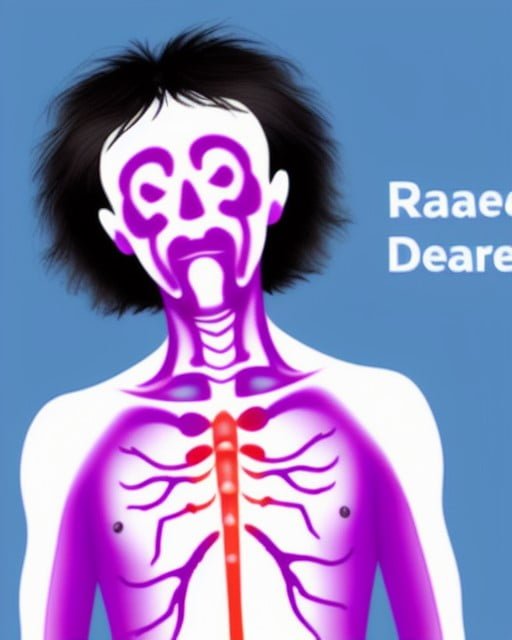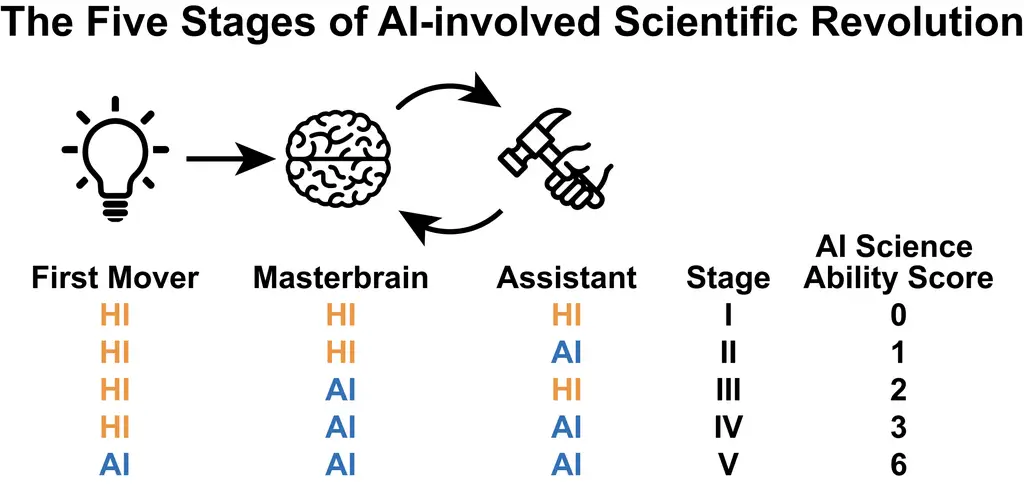Rare and Unusual Diseases

Unusual Diseases
The world of medicine is constantly evolving, but there are still some diseases that remain rare and unusual. These diseases are often difficult to diagnose and treat due to their complexity and rarity. However, the medical community is constantly striving to unravel the mysteries of these diseases and provide better treatments and care for patients.
The Mysterious World of Rare Diseases
Rare and unusual diseases are those that affect a very small percentage of the population. These diseases often have no known cause or cure, making them extremely difficult to diagnose and treat. Some examples of rare and unusual diseases include Huntington’s disease, cystic fibrosis, and sickle cell anemia.
The impact of these diseases can be devastating for patients and their families. Patients often struggle with physical and emotional symptoms and may face social isolation and stigma. Additionally, the rarity of these diseases means that research and development of new treatments can be slow and underfunded.
The Journey to Understanding the Complexities
Despite the challenges, the medical community is constantly working towards a better understanding of rare and unusual diseases. Research studies are being conducted to determine the causes and risk factors of these diseases, as well as to develop new treatments and therapies.
Genetic testing has also become an important tool for diagnosing and treating rare and unusual diseases. By analyzing a patient’s DNA, doctors can identify specific genetic mutations that may be causing their symptoms. This information can help doctors determine the best course of treatment and provide personalized care for each patient.
Finally, patient advocacy groups have become an important force in the fight against rare and unusual diseases. These groups provide support and resources for patients and their families, as well as raise awareness and advocate for increased research and funding.
While rare and unusual diseases remain a challenge for the medical community, progress is being made in understanding their complexities and developing new treatments. By continuing to invest in research and support for patients and families, we can work towards a future where these diseases are less mysterious and more treatable.
Here below is a list of some of the rare and uncommon cancers
Rare Cancers
- Anaplastic Thyroid Carcinoma
- Angiosarcoma
- Cholangiocarcinoma
- Cutaneous T-Cell Lymphoma
- Ewing Sarcoma
- Extragonadal Germ Cell Tumors
- Fibrolamellar Carcinoma
- Fibrolamellar Hepatocellular Carcinoma
- Follicular Thyroid Carcinoma
- Hereditary Nonpolyposis Colorectal Cancer
- Hurthle Cell Carcinoma (Oncocytic Carcinoma)
- Malignant Carcinoid Syndrome
- Malignant Mesothelioma
- Malignant Pleural Mesothelioma
- Medullary Thyroid Carcinoma
- Mesothelioma
- Nevoid Basal Cell Carcinoma Syndrome (Basal Cell Nevus Syndrome)
- Pancreatic Neuroendocrine (Islet Cell)
- Pediatric Pheochromocytoma
- Pediatric Thymoma
- Thymoma
- WAGR Syndrome
- Waldenstrom Macroglobulinemia



